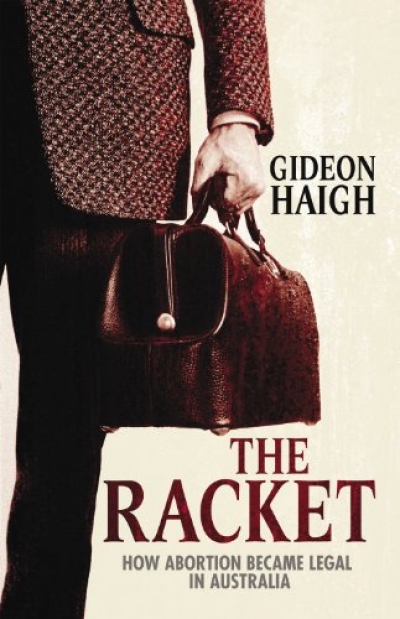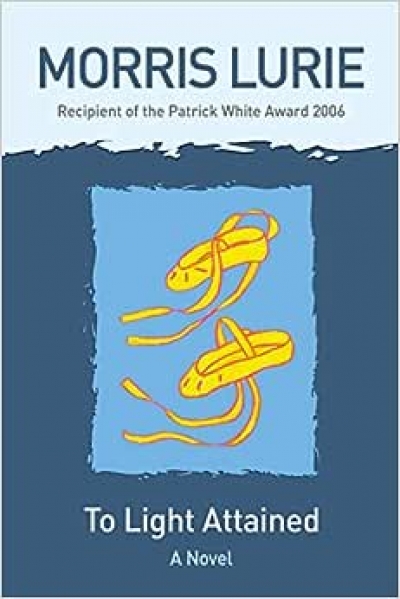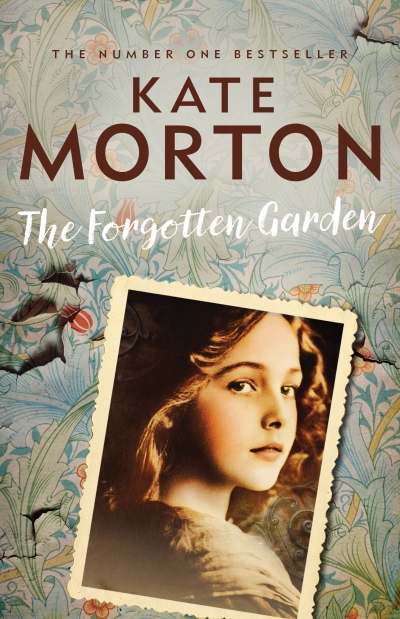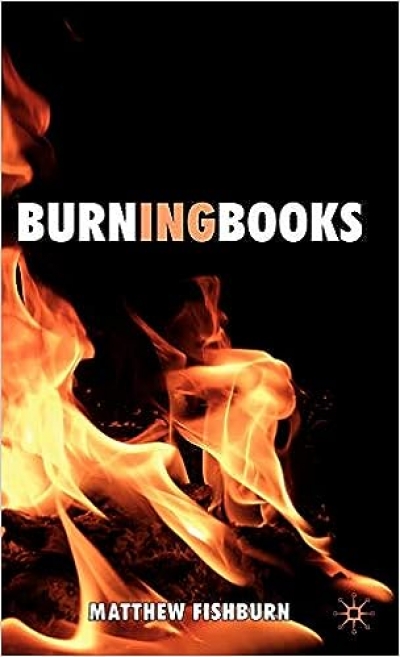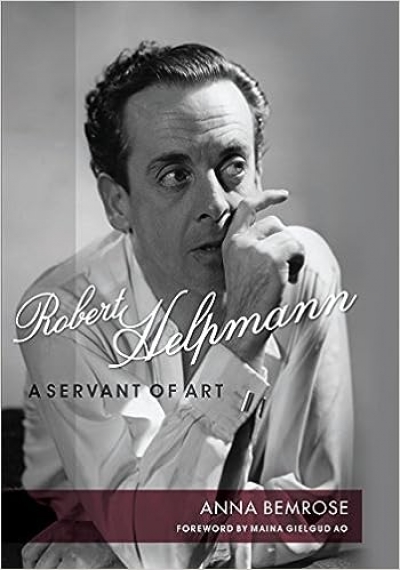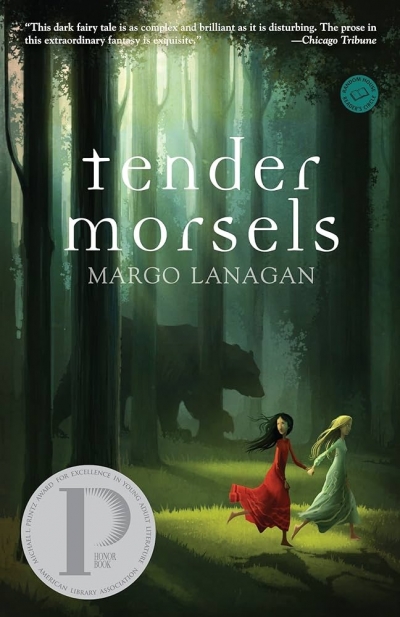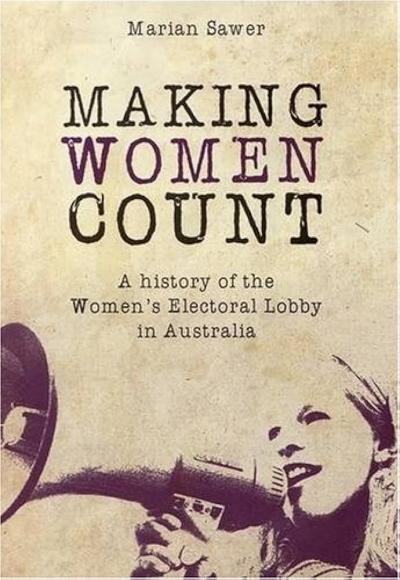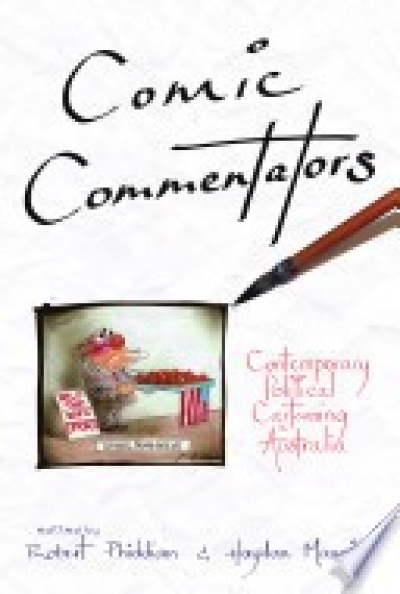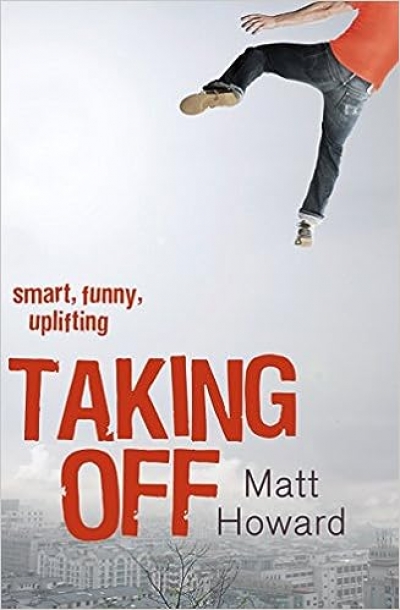Archive
The Racket: How abortion became legal in Australia by Gideon Haigh
by Lisa Featherstone •
Past the final service station
into the green beyond of paddocks
soon to be carved up, quartered,
then watched over by streetlights.
In the post-work haze, nostalgia reigns:
lonely crossroads, abandoned weatherboards,
paddocks stretching down to the sea.
Robert Helpmann: A Servant of Art by Anna Bemrose
by Ian Britain •
Making Women Count: A history of the women’s electoral lobby in Australia by Marian Sawer
by Kate Goldsworthy •
Comic Commentators: Contemporary political cartooning in Australia edited by Robert Phiddian and Haydon Manning
by Iain Topliss •

